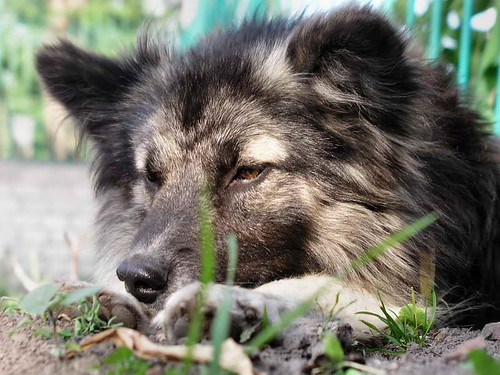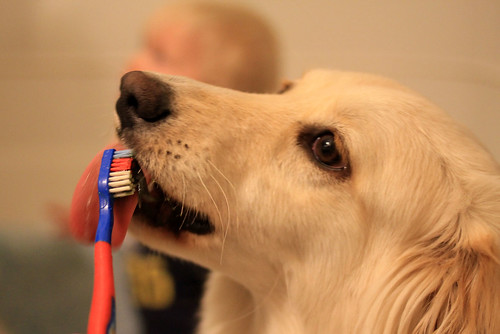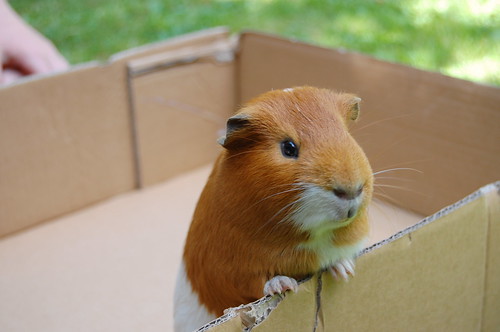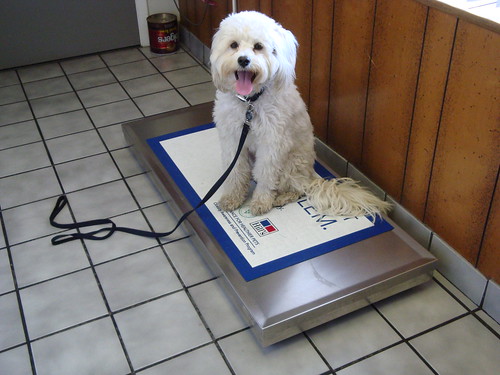 |
| Photo by Djalexej |
There have been studies that document changes in pets' behavior after the loss of a loved one (human or non-human) that include fluctuations in appetite, vocalization, and interaction with housemates. I believe that many of these are related to their reaction to their owner's emotions, not simply their own. Pets handle the Circle of Life so much better than we do;they understand the ebb and flow of life -we are the ones that have a problem with it! Yes, they certainly grieve, but they do it so much more gracefully than us. Just as every person will differ vastly in our signs of heartache and pain, as do pets. Each one will be different and unique. I have seen 2 year old Labradors not come out from behind furniture after the death of their housemate. I have also seen 2 year old Labradors step on the body of their housemate just to give their owner a kiss. Some owners become angry or upset that their other pets do not openly grieve, one even said to me "how can he eat at a time like this!?" We are each unique and individual creatures and we have a lot to learn from our animal companions about this amazing Circle of Life.
When changes are seen, it is normal for them to last 10-14 days after the loss of a companion. You may try to take their mind off of it by providing them with more attention and affection. Long walks, playing, and engaging in favorite activities, (especially those done with the companion that passed) can help build confidence and stimulate mental enjoyment. Use environmental enrichment techniques such as toys, (especially those that allow you to hide a treat inside like Kongs), to help keep them busy during the day. If your dog is too depressed, they may not respond right away. Remember, time heals all wounds. You may also consider a DAP (dog appeasing pheromone) diffuser, available at most pet stores. Give it few days then start encouraging the dog to do more using their favorite rewards that you do not use at any other time. If symptoms do not subside after two weeks, you may consider taking your grieving pet to a veterinarian. There are medical and even holistic approaches to canine grief that can be particularly helpful including antidepressants, acupuncture, and herbal remedies. Some more severe cases may also include stress colitis (diarrhea) and may necessitate a visit to your veterinarian sooner.
If your grieving dog is now an “only child,” some owners ask if they should get it a new companion to prevent loneliness. While this may work for the more sociable and extroverted breeds, it doesn’t work for all, especially highly dominant dogs. It is best to allow your dog time to heal. Most experts recommend waiting at least 2-4 weeks (sometimes longer) before introducing a new pet into the household.
Remember, your dog may miss your lost companion just as much as you do!
Written by: Dr. Dani McVety

Dani McVety, DVM
Lap of Love Veterinary Hospice
www.lapoflove.com
(813) 407-9441
drdani@lapoflove.com
Dr. Dani helps families in the Tampa / St. Pete area. She also consults for veterinary clinics and industry on end-of-life care for our companion animals.











